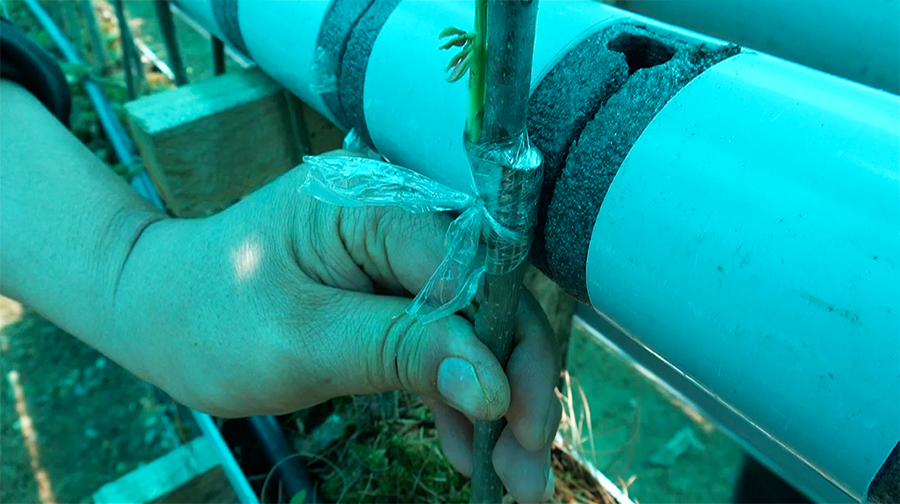 The Agriculture Research and Development Centre in Wengkhar, Monggar, has found a new way to raise high-yielding grafted walnut saplings with a higher success rate. Walnut saplings raised using the new-found technology can bear fruits within three to four years. This is expected to reduce the import of walnut saplings, especially for the million-fruit-tree plantation project. Currently, the country imports almost 80 per cent of walnut saplings.
The Agriculture Research and Development Centre in Wengkhar, Monggar, has found a new way to raise high-yielding grafted walnut saplings with a higher success rate. Walnut saplings raised using the new-found technology can bear fruits within three to four years. This is expected to reduce the import of walnut saplings, especially for the million-fruit-tree plantation project. Currently, the country imports almost 80 per cent of walnut saplings.
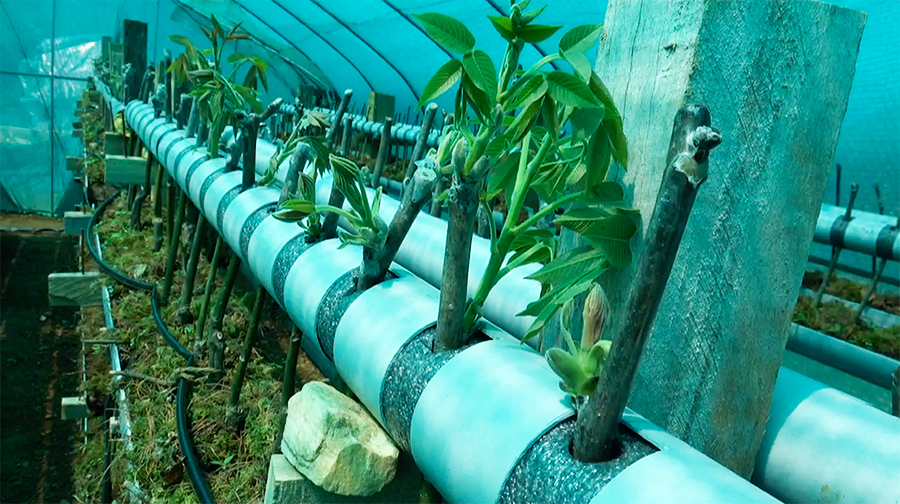 The hot callusing technique supplies the optimum temperature and humidity required for effective callus formation at the graft joint, resulting in a stronger and healthier sapling.
The hot callusing technique supplies the optimum temperature and humidity required for effective callus formation at the graft joint, resulting in a stronger and healthier sapling.
It has shown a success rate of 76 per cent compared to just up to 30 per cent when grafted walnut saplings are raised outdoors.
Once the grafting process is completed, the grafted walnut sapling is placed inside a hot callusing pipeline to maintain the required temperature and humidity.
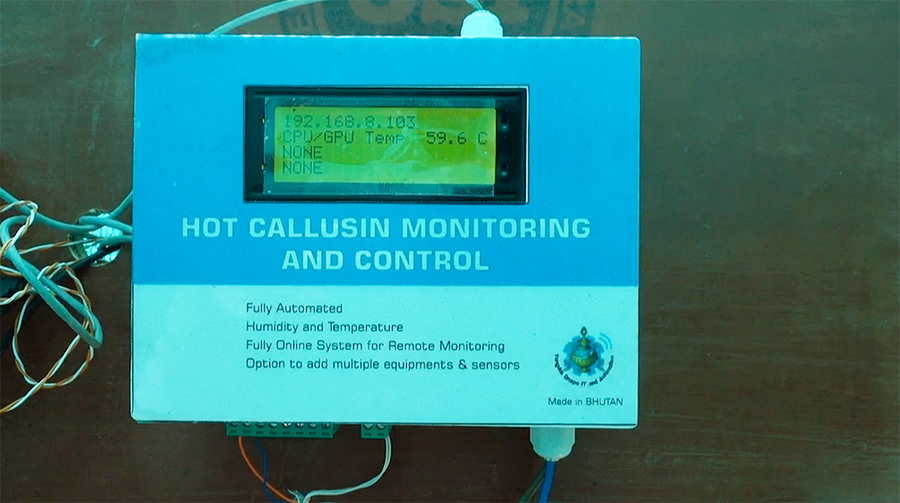 Heated water passes through the pipeline, creating the optimal environment needed for callus formation, essential for successful grafting. Automated sensors regulate the circulation of heated water.
Heated water passes through the pipeline, creating the optimal environment needed for callus formation, essential for successful grafting. Automated sensors regulate the circulation of heated water.
The Agriculture Research and Development Centre has been working on this technology for nearly two years after noting a low success rate of raising grafted walnut saplings in the open space.
 “For a successful walnut grafting, saplings need around 27 degrees Celsius temperature and between 80 and 90 relative humidity, which we cannot maintain outdoor. That is why we prepare inside through hot callusing technology where we can maintain the required temperature by allowing hot water to run through the pipeline ensuring better success rate,” said Pema Yangdon, the Sr. horticulture officer with the Agriculture Research & Development Centre in Wengkhar.
“For a successful walnut grafting, saplings need around 27 degrees Celsius temperature and between 80 and 90 relative humidity, which we cannot maintain outdoor. That is why we prepare inside through hot callusing technology where we can maintain the required temperature by allowing hot water to run through the pipeline ensuring better success rate,” said Pema Yangdon, the Sr. horticulture officer with the Agriculture Research & Development Centre in Wengkhar.
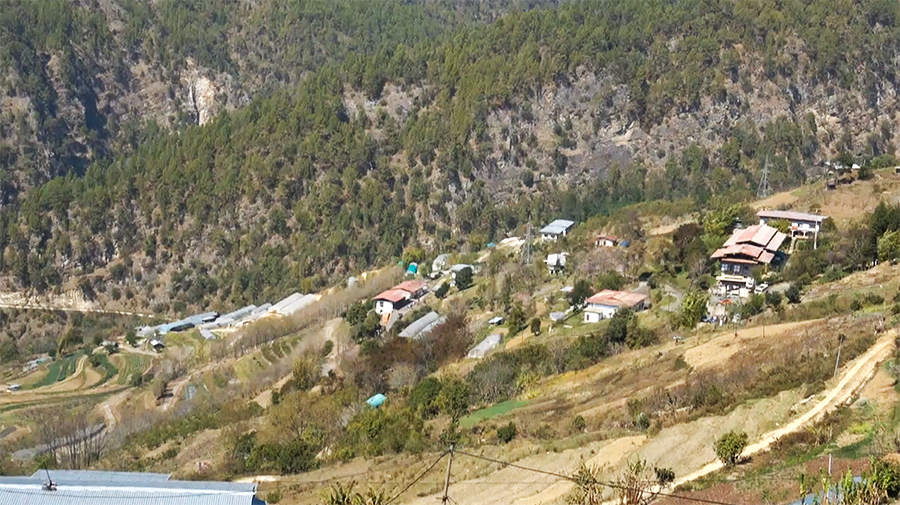 The centre assisted two private nurseries, which are now raising grafted walnut saplings using the hot callusing technology.
The centre assisted two private nurseries, which are now raising grafted walnut saplings using the hot callusing technology.
The private nurseries plan to supply high-value walnut saplings for the million fruit tree plantation project.
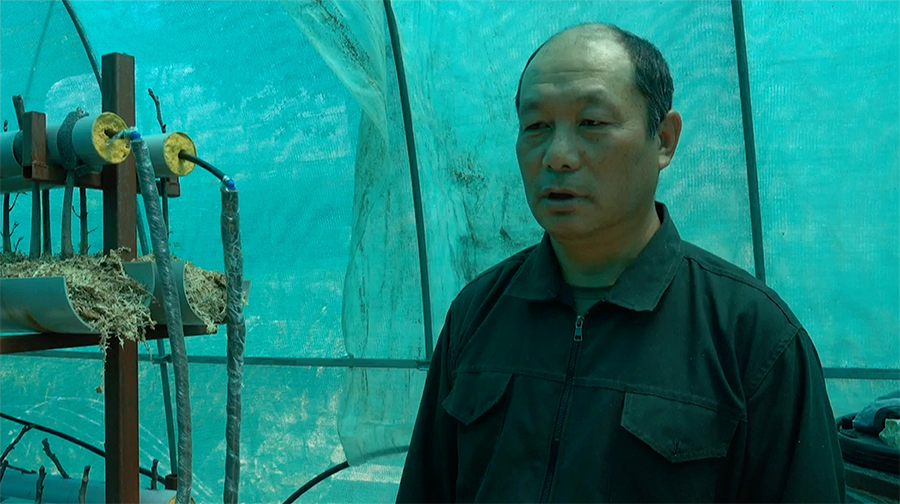 Horticulture Specialist Tshering Penjor (PhD) said, “Saplings grown directly from seed will take at least 10 to 15 years to bear nut and even go beyond 20 years sometimes. Whereas the grafted saplings will be able to bear fruit within 3 to 4 years.”
Horticulture Specialist Tshering Penjor (PhD) said, “Saplings grown directly from seed will take at least 10 to 15 years to bear nut and even go beyond 20 years sometimes. Whereas the grafted saplings will be able to bear fruit within 3 to 4 years.”
Walnut saplings are grafted between February and March. After undergoing a month-long hot callusing process, the grafted saplings are moved outdoors for proper root development.
Hot callusing technology was developed, spending approximately 250 thousand ngultrum provided by the Commercial Agriculture and Resilient Livelihoods Enhancement Programme.
Sonam Darjay, Trashigang
Edited by Phub Gyem






